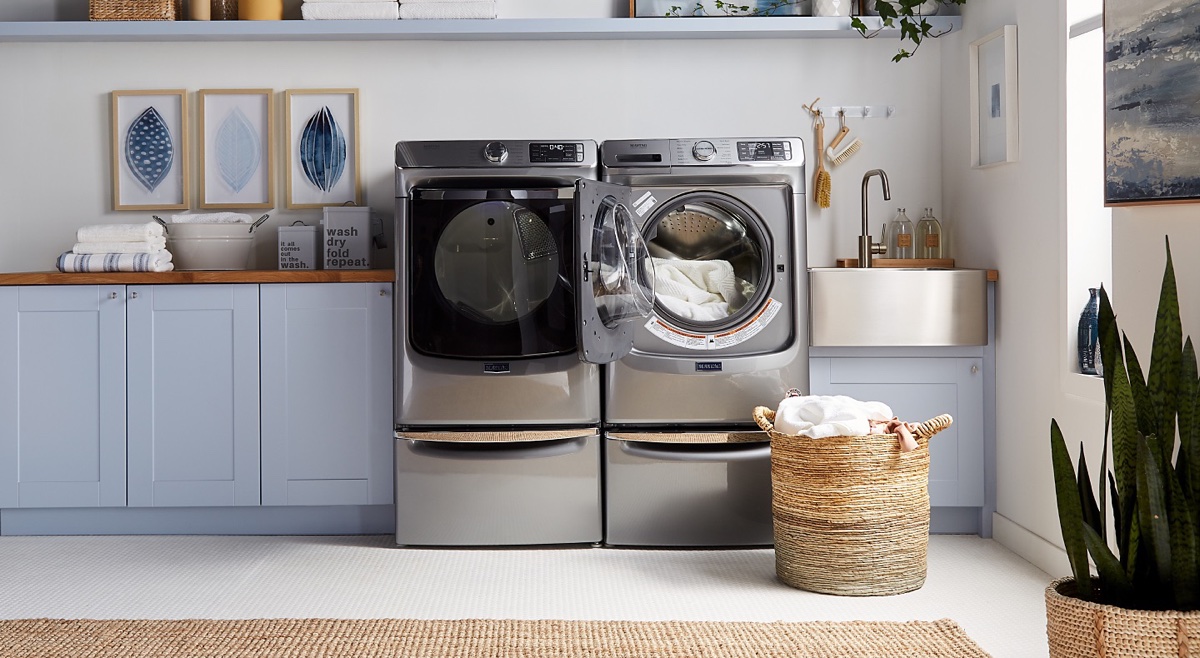

Articles
How To Use A Front Load Washer
Modified: February 27, 2024
Learn how to use a front load washer effectively with these informative articles. Discover tips and tricks to make laundry day a breeze!
(Many of the links in this article redirect to a specific reviewed product. Your purchase of these products through affiliate links helps to generate commission for Storables.com, at no extra cost. Learn more)
How To Use A Front Load Washer
Front load washers have become increasingly popular due to their energy efficiency and superior cleaning performance. If you’re new to using a front load washer or looking for tips on how to maximize its effectiveness, this article will guide you through the process step by step.
- Preparation: Before starting, ensure that you have all the necessary supplies, including laundry detergent, fabric softener (if desired), and stain removers. Also, make sure the washer is properly connected to a water source and plugged into an electrical outlet.
- Sort Laundry: Separate your laundry into different loads based on color, fabric type, and level of dirtiness. This will prevent colors from bleeding and allow you to select the appropriate wash cycle for each load.
- Load the Washer: Open the washer door and evenly distribute the clothes inside. Make sure not to overload the washer beyond its recommended capacity, as this can affect the cleaning performance.
- Add Detergent: Measure out the recommended amount of detergent based on the load size and the level of dirtiness. Follow the manufacturer’s instructions on the detergent packaging for best results.
- Select the Wash Cycle: Most front load washers come with a variety of wash cycle options, such as normal, delicate, heavy-duty, and quick wash. Choose the appropriate cycle based on the fabric type and level of dirtiness.
- Set Additional Options: Some washers offer additional options, such as temperature settings, spin speed, and pre-soak. Customize these settings based on your preferences and the laundry requirements.
- Start the Wash: Close the washer door and press the start button. The washer will begin the selected wash cycle, and you can monitor the progress on the control panel.
- Monitor the Progress: During the wash cycle, you can pause or adjust the settings if needed. Some washers also offer features like time remaining display and delayed start, allowing you to plan your laundry accordingly.
- Unload the Washer: Once the wash cycle is complete, carefully open the washer door and remove the laundry. Shake out any wrinkles and, if desired, transfer the clothes to a dryer or hang them up to dry.
- Clean and Maintain the Washer: Regularly clean the drum, detergent dispenser, and rubber gasket to prevent mold and mildew buildup. Follow the manufacturer’s instructions for the best cleaning methods and schedule any necessary maintenance.
By following these simple steps, you can effectively use a front load washer to achieve clean and fresh laundry with ease. Remember to always refer to the manufacturer’s instructions for specific guidance on your particular washer model. Enjoy the convenience and efficiency of your front load washer!
Key Takeaways:
- Simplify your laundry routine with a front load washer by following steps such as sorting laundry, adding detergent, and selecting the right wash cycle. Proper maintenance ensures long-lasting efficiency and freshness.
- Maximize the effectiveness of your front load washer by preparing supplies, sorting laundry, and monitoring the wash cycle. Regular cleaning and maintenance will keep your machine running smoothly for years to come.
Read more: How To Use Vinegar In Front Load Washer
Introduction
Front load washers have revolutionized the way we do laundry. These innovative machines offer superior cleaning performance and are more environmentally friendly and energy-efficient compared to traditional top load washers. If you’re new to using a front load washer or seeking guidance on how to optimize its functionality, you’ve come to the right place.
In this article, we will provide you with a comprehensive guide on how to use a front load washer effectively, ensuring that you achieve clean and fresh laundry every time. We will walk you through the steps involved, from preparing your laundry to unloading and maintaining your washer. By following these instructions, you’ll be able to maximize the benefits of your front load washer and simplify your laundry routine.
Front load washers operate differently from top load washers, as they use gravity and the tumbling motion of the drum to clean your clothes. The gentle tumbling action, combined with the efficient use of water and detergent, results in thorough and efficient cleaning. Understanding how to properly use a front load washer will help you achieve optimal cleaning results while prolonging the lifespan of your machine.
Throughout this guide, we will provide you with practical tips and tricks to ensure you get the most out of your front load washer. We will discuss the importance of sorting your laundry, selecting the appropriate wash cycle, adding detergent and other optional agents, and monitoring the progress of your wash. Additionally, we will touch on essential maintenance tasks to keep your washer in top condition.
By the end of this article, you will be equipped with the knowledge and confidence to operate your front load washer effectively. So let’s dive in and discover how to make the most of your laundry experience with a front load washer!
Preparation
Before you start using your front load washer, it’s important to take a few moments to prepare everything you need. This will help ensure a smooth and efficient laundry experience. Here are some essential steps to follow:
- Gather Supplies: Collect all the necessary supplies you’ll need for doing laundry, including laundry detergent, fabric softener (if desired), stain removers, and any other laundry additives you may use. Make sure they are easily accessible to avoid any last-minute scrambling.
- Check Connections: Ensure that your washer is correctly connected to a water source and plugged into a functioning electrical outlet. Make sure the water supply valves are turned on, allowing water to flow into the washer when needed.
- Level the Washer: Front load washers work best when they are properly leveled. Check that your washer is sitting on a flat and stable surface. If the washer is wobbling or uneven, adjust the leveling feet accordingly to ensure stability during operation.
- Clean the Drum: It’s good practice to clean the drum of your front load washer before starting a new load. Wipe the interior of the drum with a damp cloth to remove any dust or debris that may have accumulated.
- Read the Manual: Take the time to familiarize yourself with the operating instructions and features of your specific front load washer. The user manual will provide valuable information on the wash cycles, settings, and maintenance recommendations for your particular machine.
By taking these steps before each laundry session, you’ll be well-prepared to make the most of your front load washer. This will ensure that your washer operates smoothly and efficiently, thereby increasing the effectiveness of your cleaning and prolonging the life of your machine.
Sort Laundry
Sorting your laundry is a crucial step in using a front load washer effectively. By properly sorting your clothes, you can prevent color bleeding, minimize fabric damage, and ensure that each load receives the appropriate wash cycle. Follow these guidelines to sort your laundry effectively:
- Separate by Color: The first and most basic rule of sorting laundry is to separate your clothes by color. Create separate piles for whites, lights, and darks. Sorting by color helps prevent color bleeding, especially with new or dark-colored garments.
- Sort by Fabric Type: Different fabrics require different care. Sort your laundry into piles based on fabric type, such as cotton, synthetics, delicates, and towels. This allows you to select the appropriate wash cycle for each type of fabric, ensuring optimal cleaning and preventing damage.
- Consider Soil Level: Sort your laundry based on the level of dirtiness. Heavily soiled items like work clothes or heavily stained garments may require a different wash cycle or pre-treatment to effectively remove stains. Sorting by soil level ensures that each load receives the appropriate cleaning process.
- Separate Delicates: Delicate items, such as lingerie, lace, or delicate knits, should be washed separately or placed in a mesh laundry bag to protect them from tangling or damage. By separating these items, you can ensure they receive the gentle care they need.
Sorting your laundry may require a bit of extra time, but it is well worth the effort. By sorting your clothes properly, you can optimize the cleaning performance of your front load washer and ensure that your garments come out looking their best. Additionally, sorting helps to extend the lifespan of your clothes, as they receive the appropriate care based on their specific needs.
Remember, take the time to sort your laundry before starting a load. It’s a small step that can make a big difference in the effectiveness and longevity of your garments.
Load the Washer
Once you’ve sorted your laundry, it’s time to load the front load washer. Proper loading ensures that the clothes get cleaned evenly and prevents overloading, which can affect the machine’s performance. Follow these steps for optimal loading:
- Open the Door: Gently open the door of the front load washer. Ensure that there are no items obstructing the door’s seal, as a proper seal is necessary for the washer to function effectively.
- Distribute the Clothes: Evenly distribute the clothes inside the washer’s drum, trying to maintain a balance. Avoid overloading the washer beyond its recommended capacity, as this can impact the quality of the cleaning and may cause the clothes to come out wrinkled.
- Place Larger Items First: Start by placing larger items, such as bed sheets or towels, at the bottom of the drum. This helps create a foundation for the rest of the load and prevents smaller items from getting trapped inside larger ones.
- Avoid Tangling: Place delicate or smaller items, such as socks or undergarments, into mesh laundry bags to prevent them from tangling or getting lost during the wash cycle.
- Check Pockets: Before loading clothes into the washer, check all pockets for any objects that could damage the washer or the clothes. Items like pens, coins, or tissues can cause problems during the wash cycle.
Properly loading your front load washer ensures that each item gets thoroughly cleaned. The balanced distribution of clothes and careful consideration of delicate or smaller items helps prevent tangling and ensures that every piece of clothing is treated with care.
Remember, avoid overloading the washer and always check pockets before loading. By following these steps, you’ll set the stage for a successful wash cycle and maintain the efficiency of your front load washer.
Read more: How To Load A Top Load Washer
Add Detergent
Adding the right amount of detergent is essential for achieving clean and fresh laundry with your front load washer. Using too little detergent may result in inadequate cleaning, while using too much can leave behind residue and cause issues with the washer. Follow these steps to add detergent effectively:
- Read the Manufacturer’s Guidelines: Consult the user manual or detergent packaging to determine the recommended amount of detergent for your particular washer. Different models may require different detergent concentrations.
- Measure the Detergent: Use a measuring cup or the provided measuring cap to measure the appropriate amount of detergent. Follow the guidelines for the specific load size and level of dirtiness. Using too much detergent can lead to excessive sudsing and may not rinse out properly.
- Add Detergent to the Dispenser: Most front load washers have a detergent dispenser located in the front or on the top of the machine. Open the dispenser and pour the measured detergent into the appropriate compartment. Some machines may have separate compartments for main wash detergent, pre-wash, or fabric softener. Follow the instructions on your washer to determine where to add the detergent.
- Use High-Efficiency (HE) Detergent: Front load washers require the use of high-efficiency detergent, specifically formulated for these machines. Regular detergents can create excess suds and may not rinse out properly. Using HE detergent ensures optimal performance and avoids potential issues.
- Optional: Add Fabric Softener or Stain Remover: If desired, add fabric softener or stain remover to the appropriate compartments in the dispenser. Be sure to follow the manufacturer’s recommendations for quantity and placement in the dispenser.
By following these steps, you’ll ensure that your laundry is properly treated with the right amount of detergent. Properly measuring and adding the detergent will help achieve effective cleaning while avoiding complications such as excess suds or detergent residue.
Remember, refer to the manufacturer’s guidelines and use high-efficiency detergent designed for front load washers. Adding laundry additives, such as fabric softener or stain remover, can enhance the cleaning process and improve the final results.
Select the Wash Cycle
The selection of the appropriate wash cycle is crucial for achieving optimal cleaning results with your front load washer. Different fabrics and levels of dirtiness require different wash cycles and settings. Follow these steps to select the right wash cycle:
- Refer to the User Manual: Consult the user manual of your front load washer to familiarize yourself with the available wash cycles and their specific functions. Each model may offer a variety of cycles, including normal, delicate, heavy-duty, quick wash, and specialized cycles for specific fabrics or stains.
- Consider Fabric Type: Take into account the fabric type and care instructions of your laundry. Delicate items, such as silk or wool, require a gentle or delicate wash cycle, while sturdier fabrics like cotton or denim can withstand a normal or heavy-duty cycle.
- Assess Level of Dirtiness: Evaluate the level of dirtiness of your laundry. For lightly soiled clothes, a quick wash or light wash cycle may be sufficient. For heavily soiled or stained items, opt for a heavy-duty or stain removal cycle for thorough cleaning.
- Manage Water Temperature: Consider the water temperature options available on your washer. Hot water is effective for removing grease and oil stains, while cold water is suitable for delicate items and reducing energy usage. Some washers also offer a warm or cool temperature setting as a middle ground.
- Adjust Spin Speed: Depending on the fabric type and how wet you want your laundry to be at the end of the cycle, adjust the spin speed. Higher spin speeds extract more water from the clothes, reducing drying time, while lower spin speeds are gentler on delicate fabrics.
- Utilize Specialized Cycles: Take advantage of any specialized cycles for specific needs. Many front load washers offer cycles for bedding, baby clothes, sports gear, or allergy-sensitive materials. These cycles are designed to provide extra care and targeted cleaning for different types of items.
By carefully considering the fabric type, level of dirtiness, water temperature, and spin speed, you can select the appropriate wash cycle for your laundry. This ensures that your clothes are cleaned effectively while protecting their quality and preserving their lifespan.
Remember to refer to the user manual for specific instructions and utilization of any specialized cycles. Each washer model is unique, so understanding the available options will help you make the most of your front load washer’s capabilities.
Make sure to distribute the clothes evenly in the drum to prevent unbalanced loads. This will help the washer run more efficiently and reduce wear and tear on the machine.
Set Additional Options
In addition to selecting the appropriate wash cycle, front load washers often come with additional options that allow you to customize the washing process according to your preferences and laundry needs. These options can enhance cleaning performance and provide convenience. Follow these steps to set additional options on your front load washer:
- Temperature Setting: Determine the desired water temperature for the wash cycle. Most front load washers offer options for hot, warm, and cold water. Adjust the temperature based on the fabric type, stain level, and personal preference.
- Spin Speed: Adjust the spin speed based on the laundry load. Higher spin speeds remove more water from the clothes, reducing drying time. Lower spin speeds are gentler on delicate fabrics. Choose the appropriate spin speed to suit the fabric and desired moisture level.
- Pre-Soak: Some front load washers have a pre-soak option, allowing you to soak heavily soiled items for a specified period before starting the wash cycle. Pre-soaking helps loosen stains and improve cleaning performance.
- Extra Rinse: A front load washer with an extra rinse option adds an additional rinse cycle after the main wash. This is useful for individuals with sensitive skin or those who prefer thoroughly rinsed laundry. It helps remove any remaining detergent residue.
- Delay Start: If you want your laundry to start at a specific time, a delay start feature allows you to set a delay period. This is useful when you want to take advantage of off-peak energy rates or want the laundry to be ready at a particular time.
- Child Lock: If you have children around, using the child lock option can prevent accidental changes to the settings or interruption of the wash cycle. It ensures the safety of your laundry and the washer itself.
Utilizing these additional options allows you to customize the washing process and cater to specific needs. By adjusting the temperature, spin speed, and utilizing features like pre-soak or extra rinse, you can achieve cleaner and fresher laundry tailored to your preferences.
Remember to refer to the user manual to understand the available options and best practices for setting them. Each front load washer may have slightly different features and functionalities, so being familiar with your specific model will help you make the most of these additional options.
Start the Wash
Once you have selected the appropriate wash cycle and set any additional options, it’s time to start the wash on your front load washer. Follow these simple steps to begin the cleaning process:
- Close the Door: Ensure that the door of the front load washer is securely closed. Modern front load washers are equipped with safety sensors that prevent the machine from operating if the door is not properly closed.
- Double-Check Settings: Take a moment to double-check the selected wash cycle, temperature, spin speed, and any additional options you set. Confirm that they match your preferences and the laundry requirements.
- Press Start: Locate the start button on your front load washer’s control panel and press it to initiate the wash cycle. Some machines may have a dedicated “Start/Pause” button that you can press to begin the wash.
- Monitor the Display: Once the wash cycle starts, the control panel or display will show the estimated time remaining for the cycle to complete. You can use this information to manage your time or plan other tasks accordingly.
With just a few simple steps, you’ve successfully started the wash cycle on your front load washer. Now, let the machine do its job and enjoy the hands-free cleaning experience it provides.
If you need to make any adjustments during the wash cycle, such as pausing the cycle or changing settings, refer to the user manual for guidance on how to do so with your specific washer model.
Remember, it’s important to leave the washer undisturbed while it is running to ensure proper cleaning. Once the wash cycle is complete, you can proceed to the next step of unloading the washer and transferring your clean laundry.
Read more: How To Load Top Load Washer Without Agitator
Monitor the Progress
While the front load washer is running the wash cycle, it’s important to monitor the progress and take any necessary actions to ensure optimal results. Here are some steps to effectively monitor the progress of your front load washer:
- Observe the Display: Pay attention to the washer’s display panel, which will provide important information about the current stage of the wash cycle. It may show the remaining time, cycle status, or any error codes that require attention.
- Listen for Unusual Noises: Front load washers typically operate quietly, but it’s essential to listen for any unusual noises such as knocking, banging, or grinding sounds. These may indicate a problem with the machine that needs to be addressed.
- Check for Imbalances: Front load washers have built-in mechanisms to detect imbalances during the spin cycle. If the machine detects an imbalance, it may automatically stop or adjust the load to rebalance it. If you notice excessive vibrations or shaking, pause the cycle and redistribute the clothing for a more balanced load.
- Pause or Modify the Cycle: Some front load washers allow you to pause the cycle if needed. You can use this feature to add or remove items, adjust settings, or address any issues that may arise. However, keep in mind that pausing the cycle may prolong the overall wash time.
- Address Error Messages: If you see an error message on the display panel, consult the user manual for troubleshooting steps. Error messages may indicate issues such as a clogged drain, unbalanced load, or other problems that may require attention.
- Supervise the First Few Loads: If you’re using your front load washer for the first time or washing delicate items, it’s a good practice to closely monitor the first few loads. This allows you to ensure that the machine is operating as expected and that your delicate items are not being treated too harshly.
By keeping an eye on the progress of your front load washer, you can address any issues promptly and optimize the cleaning process. It’s essential to follow the manufacturer’s instructions regarding monitoring and addressing any issues that may arise during operation.
Remember, if you have any concerns or questions about the progress of the wash cycle, consult the user manual or contact the manufacturer for assistance. Regular monitoring and proper maintenance will ensure that your front load washer continues to deliver excellent performance for years to come.
Unload the Washer
Once the wash cycle is complete, it’s time to unload your front load washer and transfer your clean laundry. Following these steps will help ensure a smooth and efficient unloading process:
- Wait for the Cycle to End: Once the wash cycle is complete, the washer may take a few moments to unlock the door. Wait until the lock indicator light turns off or the door can be easily opened.
- Open the Door: Gently open the door of the front load washer. Be cautious as there may still be residual moisture inside the drum, so avoid any unnecessary water spills when opening the door.
- Inspect the Drum: Take a quick look inside the drum to ensure that all the laundry has been effectively washed and nothing has been left behind. Double-check the drum and any dispensers to make sure that there are no clothes or detergent remnants.
- Remove the Laundry: Carefully remove the clean laundry from the washer, one item at a time. Shake out any wrinkles and place the clothes in a laundry basket or on a clean surface. Check each garment for stains or spots that may require further treatment or rewash.
- Transfer to Dryer or Hang to Dry: Depending on your preference and the fabric care instructions, you can transfer the laundry to a dryer or hang it up to air dry. Select the appropriate drying method for each fabric type to help maintain the quality of your clothes.
- Close the Washer Door: After unloading the washer, remember to close the door securely. This prevents any dust or debris from entering the drum and keeps the washer in good condition until the next use.
By following these steps, you can safely and efficiently unload your front load washer and enjoy the freshness of your clean laundry. Remember to check each garment for any remaining stains or spots before transferring them to the dryer or hanging them up to dry.
It’s also a good practice to clean the drum and any dispensers after each use to prevent the buildup of any residue or lint. Refer to the user manual for specific instructions on cleaning and maintenance tasks for your front load washer.
With your laundry now clean and ready for the next steps, you can proceed to the next stage of your laundry routine.
Clean and Maintain the Washer
To keep your front load washer running efficiently and effectively, regular cleaning and maintenance are essential. By following these steps, you can ensure optimal performance and prolong the lifespan of your machine:
- Clean the Drum: Periodically, clean the drum of your front load washer to remove any dirt, lint, or residue that may have accumulated. Wipe down the interior with a damp cloth or use a specialized washing machine cleaner to eliminate any odor-causing bacteria.
- Clear the Drain Pump Filter: Many front load washers have a drain pump filter located at the bottom of the machine. This filter collects debris such as lint, coins, and small objects. Regularly check and clean the filter to prevent clogging and ensure proper drainage.
- Wipe Down the Rubber Gasket: The rubber gasket that seals the door of the washer can collect dirt, hair, and detergent residue. Clean it regularly with a damp cloth or sponge to prevent mold and mildew growth. Make sure to dry it thoroughly after cleaning to prevent moisture buildup.
- Check and Clean the Dispenser: Remove and clean the detergent dispenser drawer to remove any buildup of detergent or fabric softener. Rinse it with warm water and use a small brush to remove any stubborn residue. Dry the dispenser thoroughly before reinserting it into the washer.
- Keep the Exterior Clean: Wipe down the exterior of the washer with a damp cloth to remove any dust or spills. Avoid using abrasive cleaners that could damage the surface. Regular cleaning not only keeps your washer looking good but also prevents dirt and grime from affecting its performance.
- Follow Maintenance Guidelines: Refer to the manufacturer’s guidelines for specific maintenance tasks and the recommended frequency. This can include tasks like checking and tightening hose connections, inspecting and replacing rubber seals, and scheduling professional maintenance checks if necessary.
Regular cleaning and maintenance of your front load washer will help prevent odors, mold, and potential malfunctions. Taking the time to clean the drum, clear the drain pump filter, and wipe down the rubber gasket ensures that your washer stays in optimal condition for years to come.
Remember to consult your user manual for detailed instructions on the cleaning and maintenance tasks specific to your front load washer model. By following the guidelines provided, you’ll keep your washer running smoothly and maintain the quality of your laundry.
Conclusion
Using a front load washer can greatly simplify and improve your laundry routine. By following the steps outlined in this guide, you can make the most of your front load washer’s efficiency and superior cleaning performance. From preparation to unloading and maintenance, each step plays a crucial role in achieving clean and fresh laundry.
Sorting your laundry by color, fabric type, and soil level ensures that each load receives the appropriate care. Properly loading the washer and adding the correct amount of detergent maximizes cleaning effectiveness while avoiding residue or damage. Selecting the right wash cycle and utilizing additional options cater to your specific needs and fabric requirements.
Monitoring the progress of the wash cycle allows you to address any issues promptly, ensuring optimal results. Unloading the washer with care and following proper maintenance practices keep your machine running smoothly and preserve its longevity. By regularly cleaning the drum, clearing the drain pump filter, and maintaining the exterior, you can prevent odors, mold, and malfunctions.
Always refer to the user manual for your specific front load washer model, as features and instructions may vary. Following manufacturer guidelines and performing recommended maintenance will help you enjoy the benefits of your front load washer for years to come.
With the knowledge and steps provided in this guide, you are now equipped to use, maintain, and make the most out of your front load washer. Enjoy the efficiency, superior cleaning, and convenience that it brings to your laundry routine!
Frequently Asked Questions about How To Use A Front Load Washer
Was this page helpful?
At Storables.com, we guarantee accurate and reliable information. Our content, validated by Expert Board Contributors, is crafted following stringent Editorial Policies. We're committed to providing you with well-researched, expert-backed insights for all your informational needs.
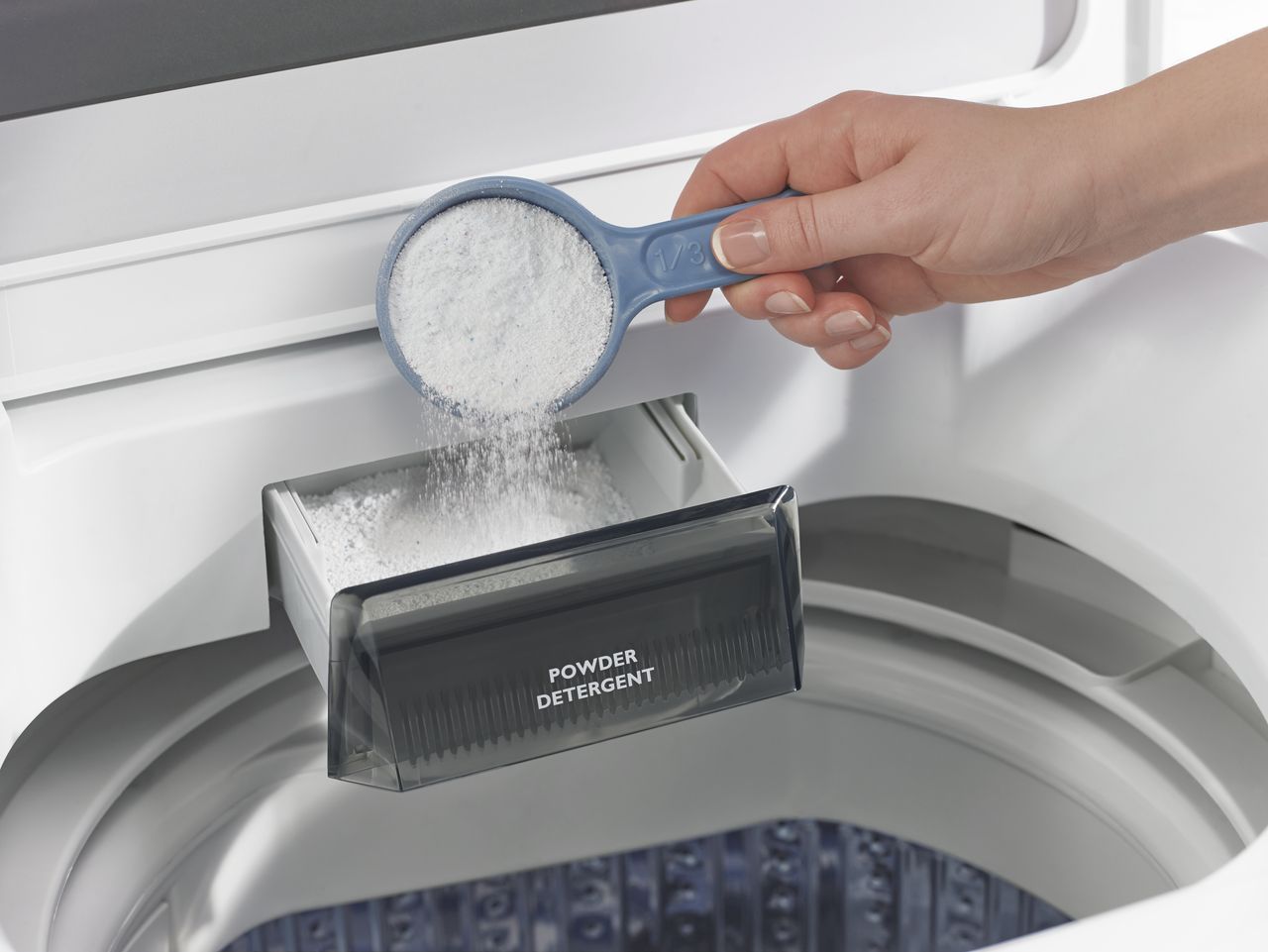

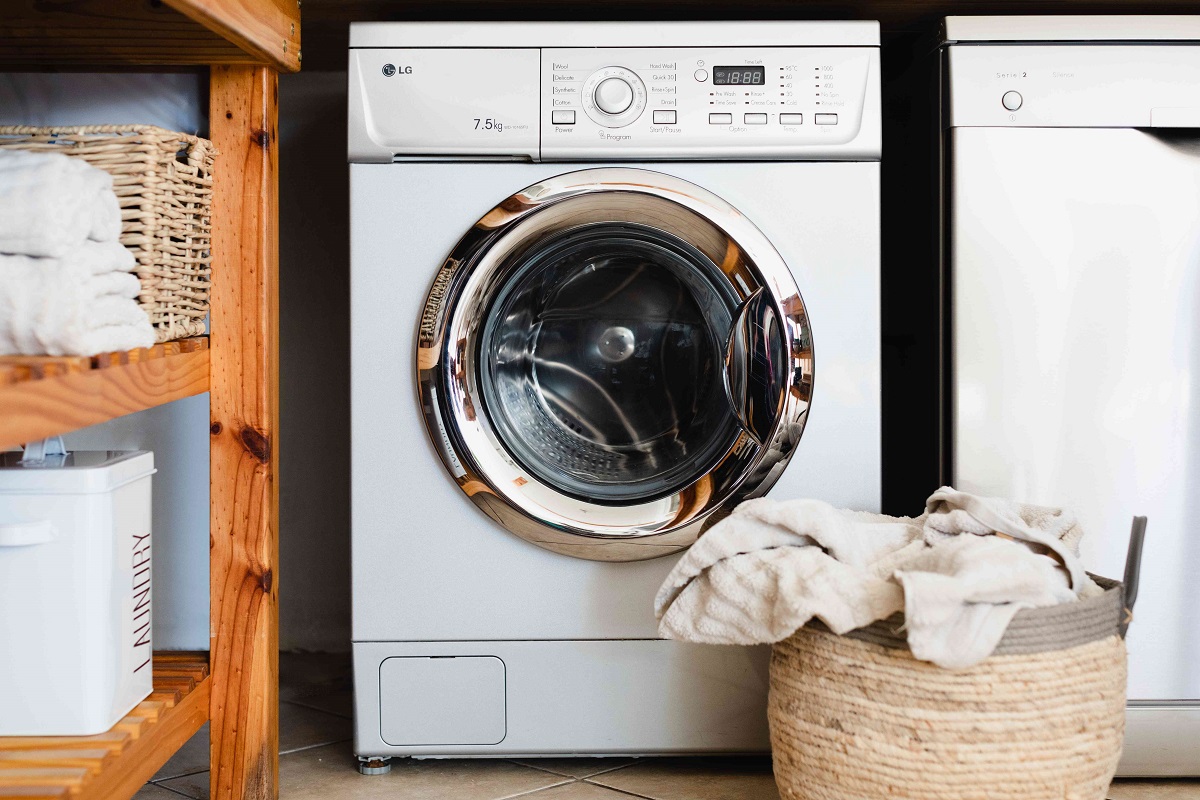

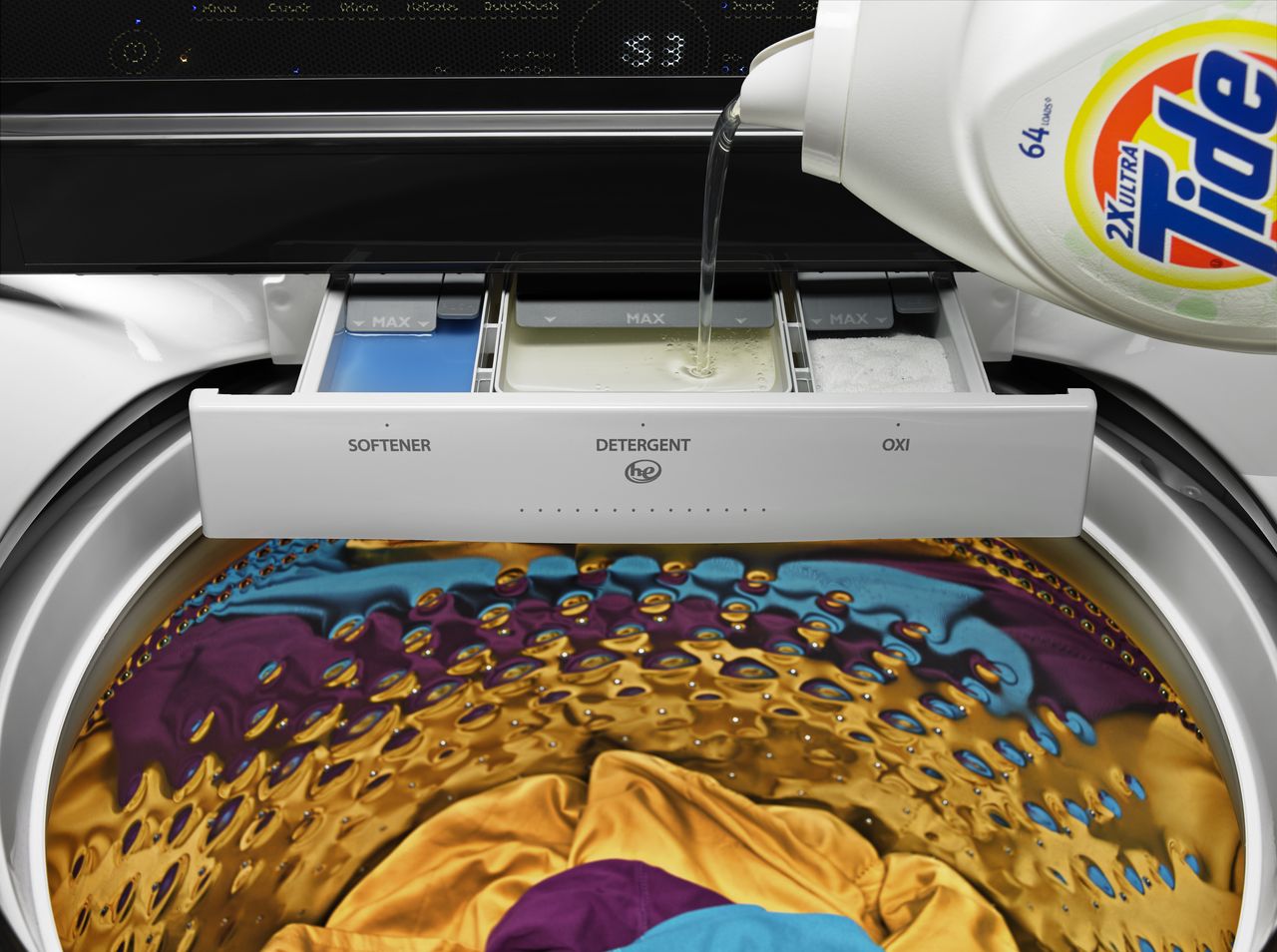
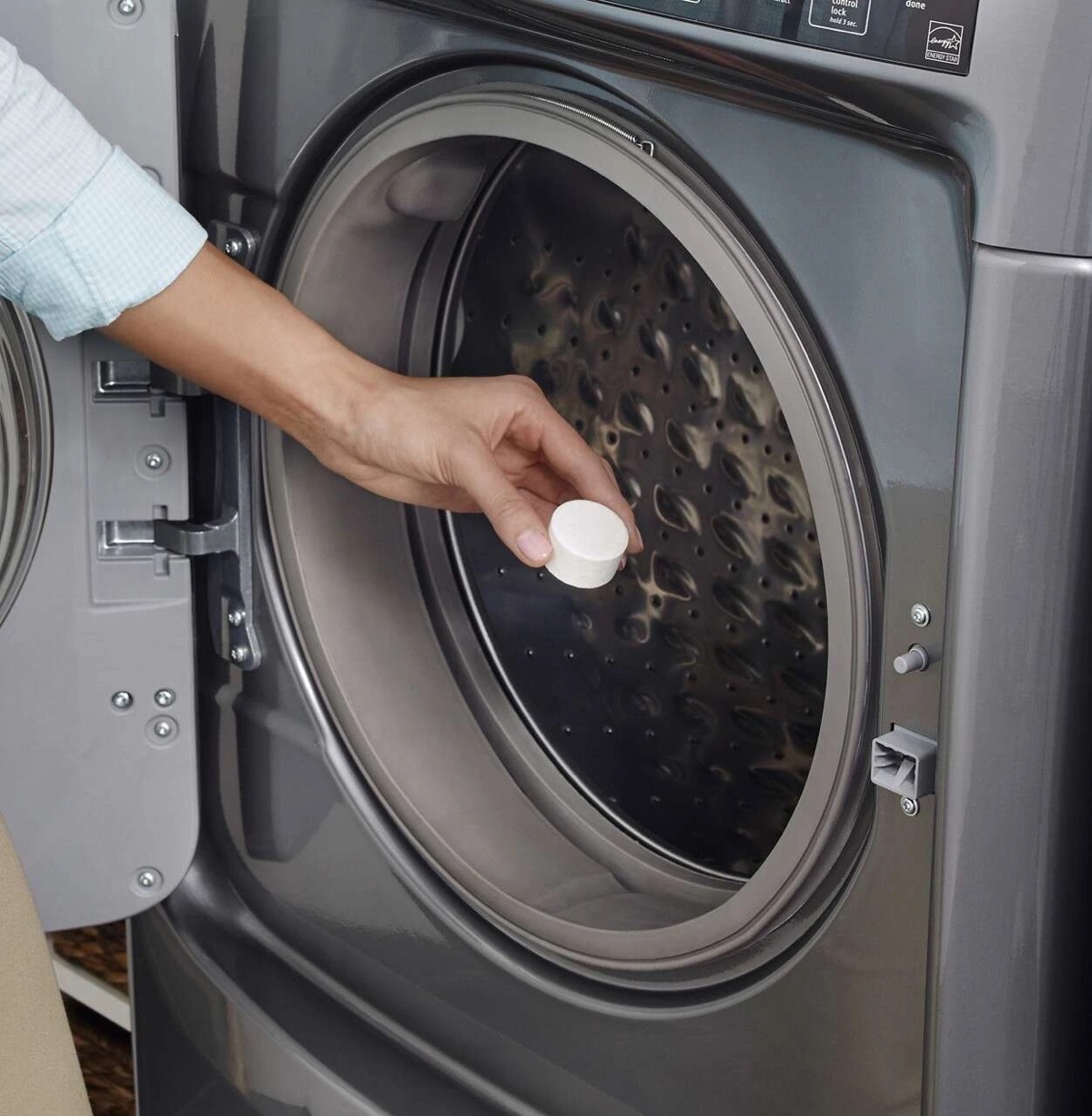
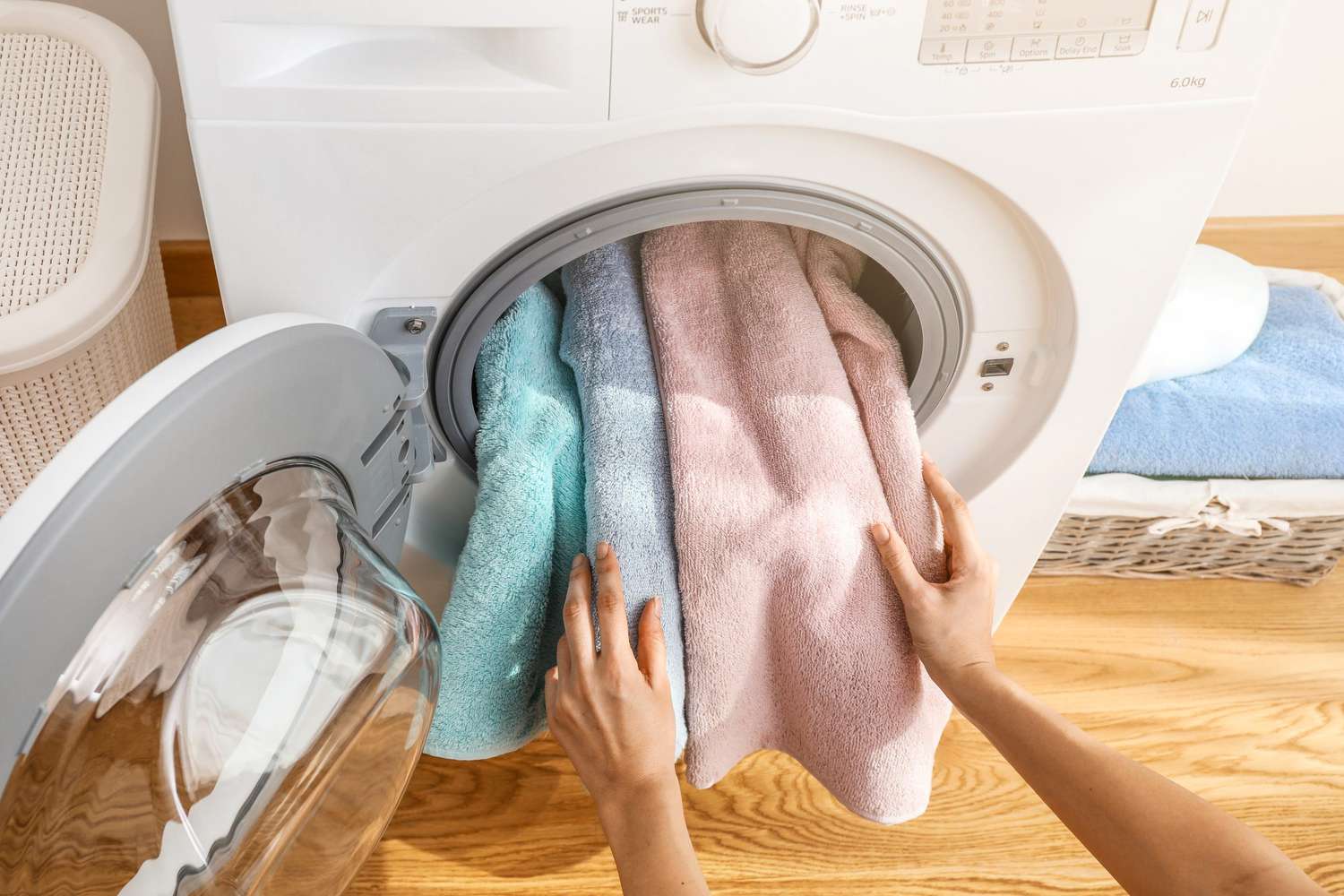
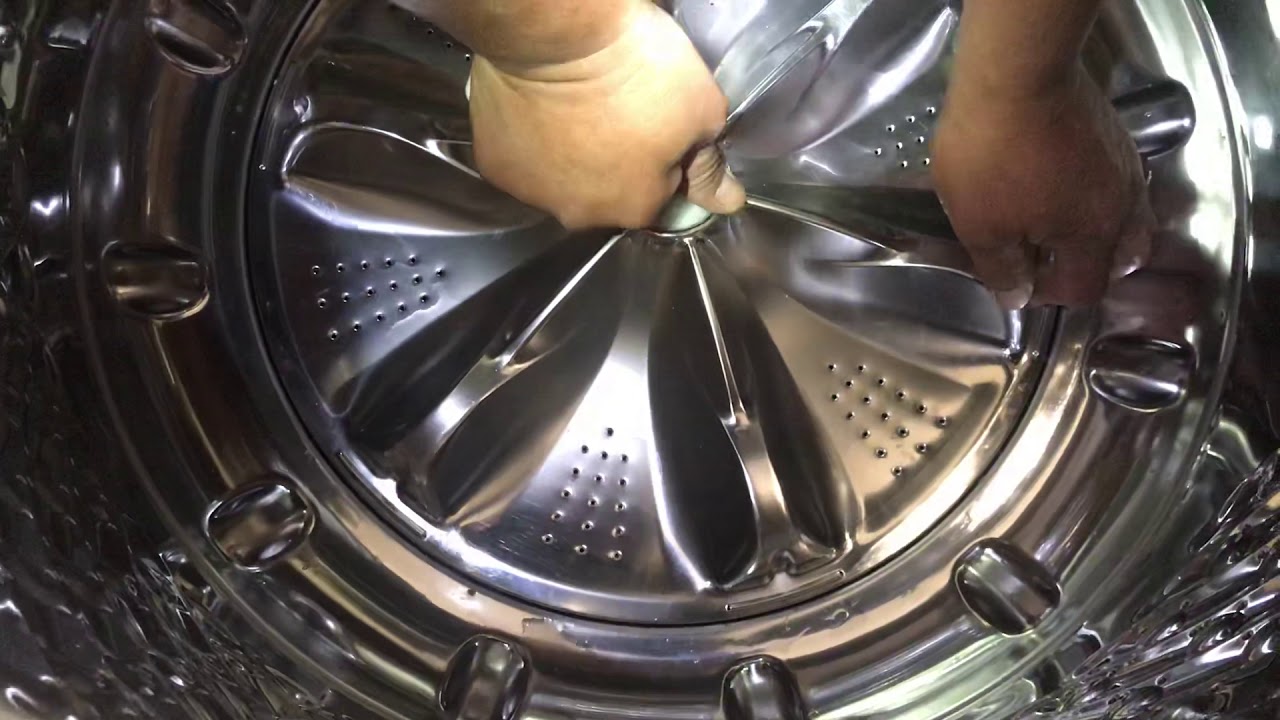
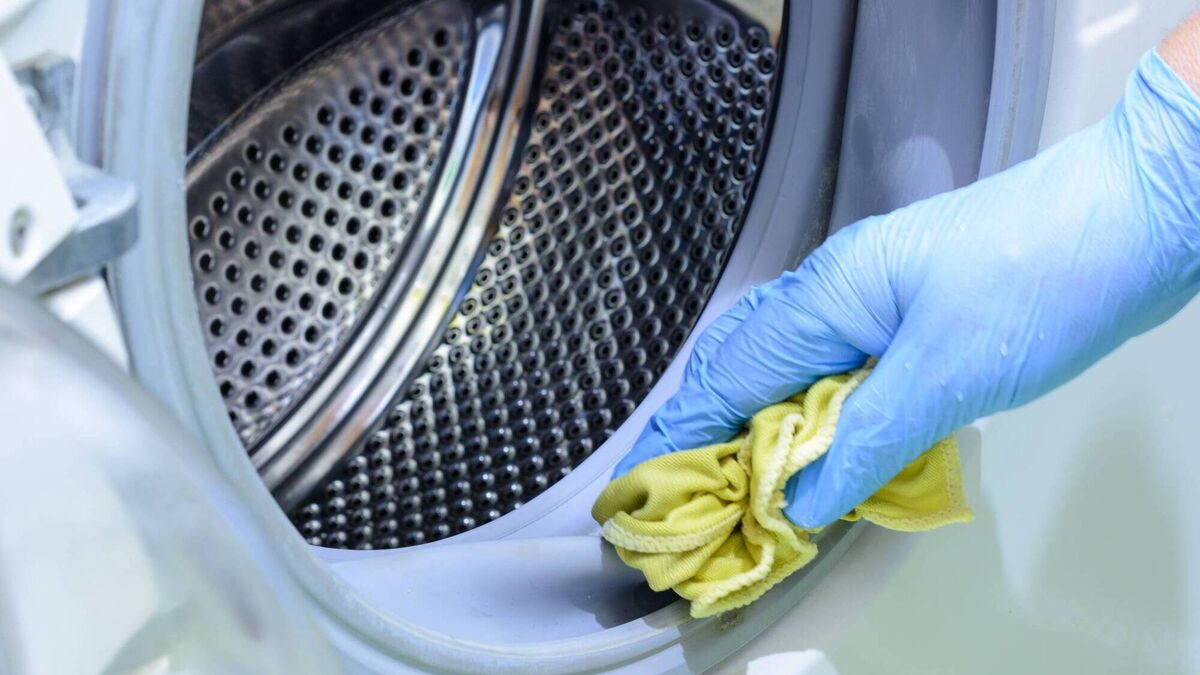

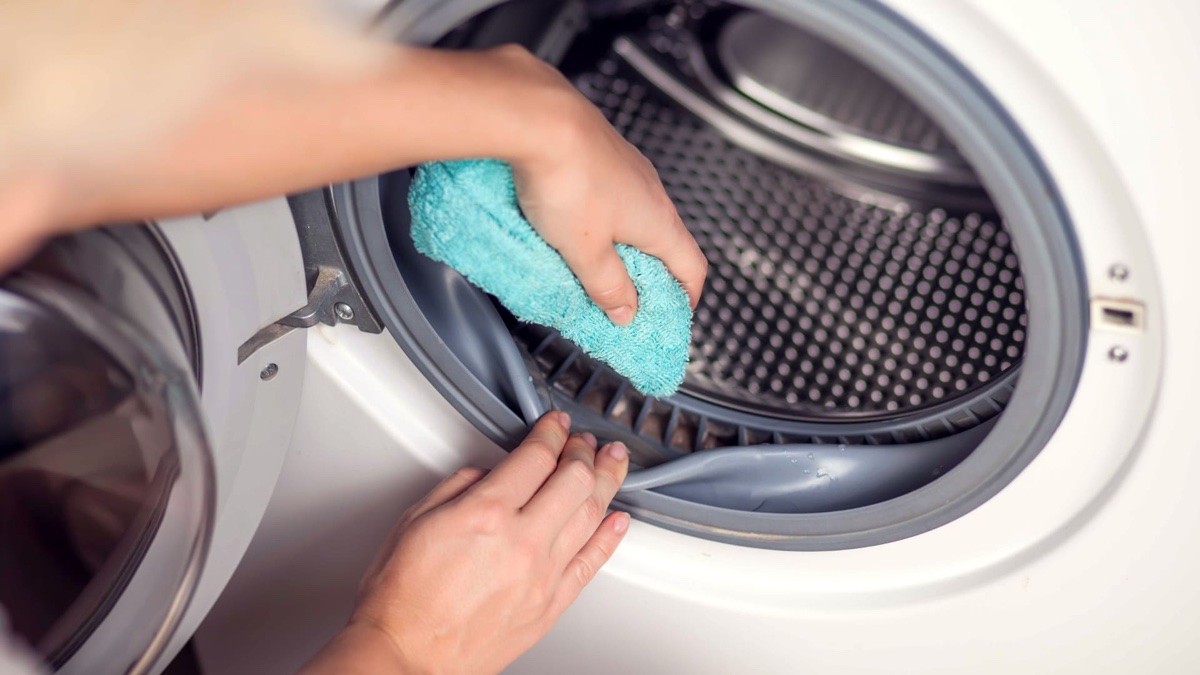
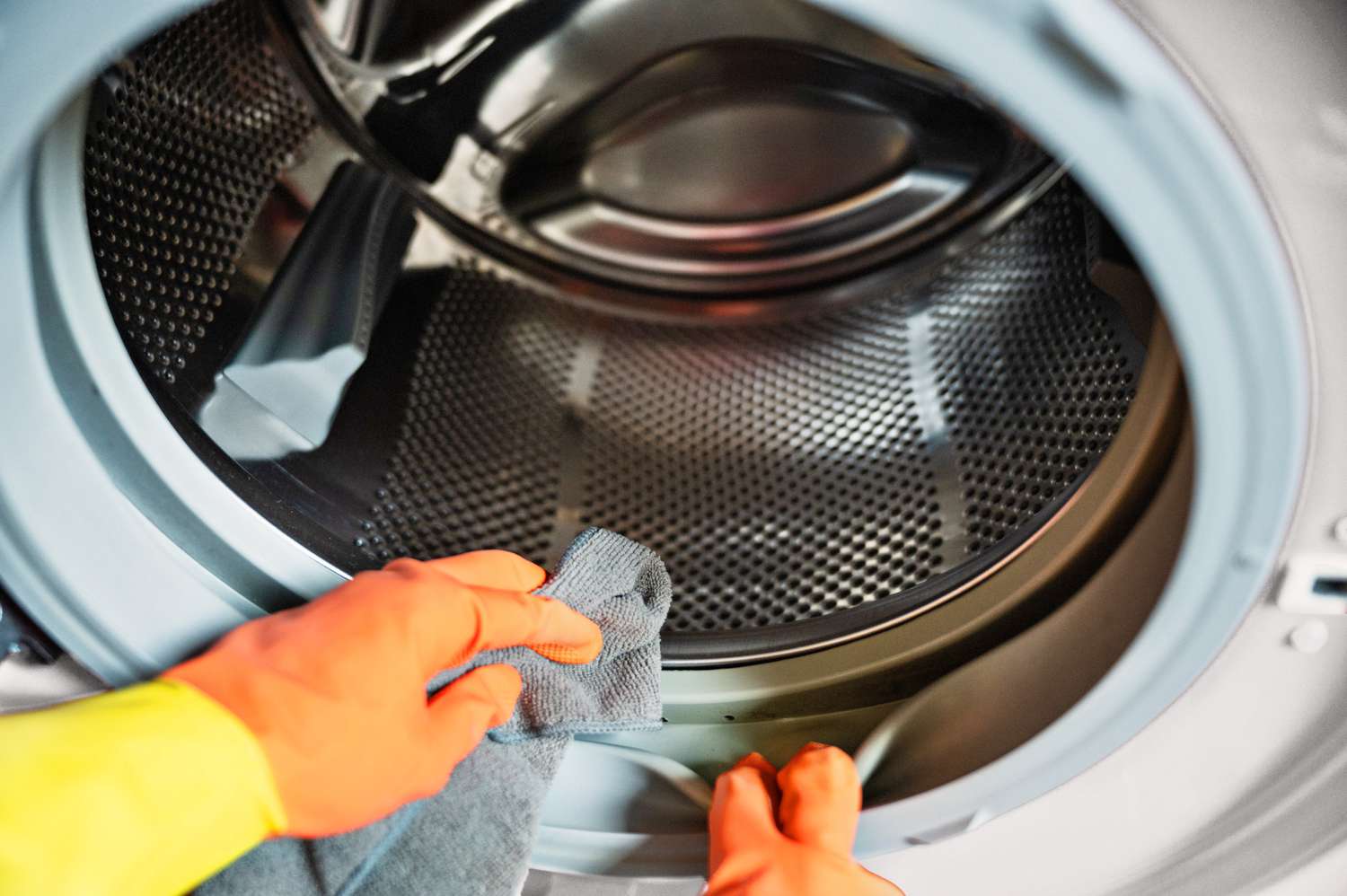
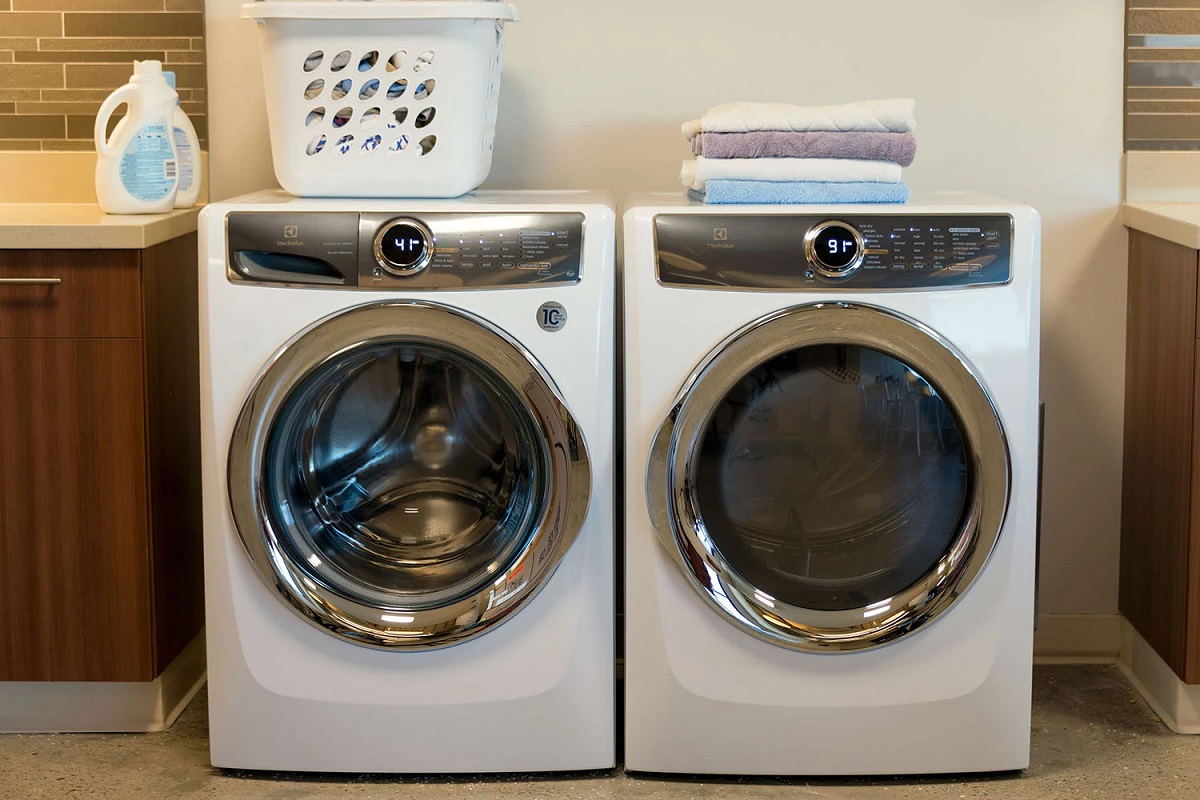

0 thoughts on “How To Use A Front Load Washer”